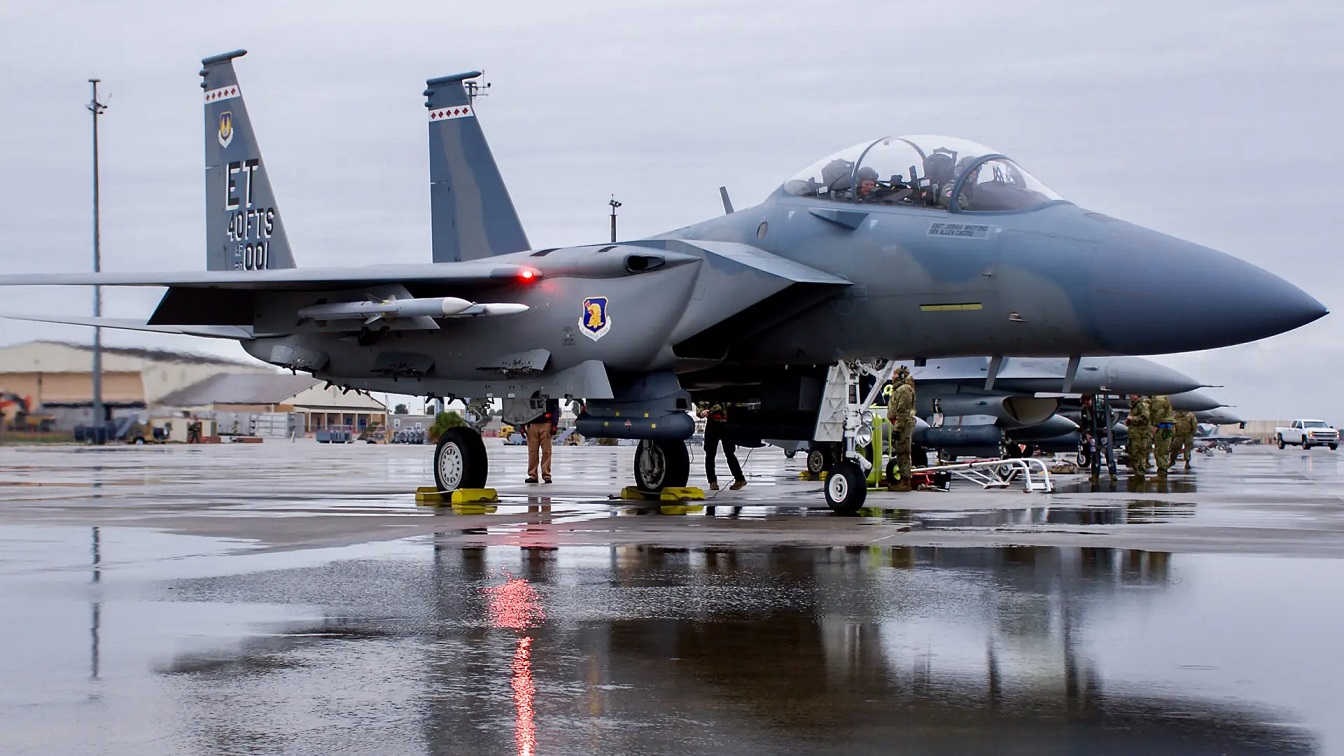Summary: Sweden’s recent admission to NATO has bolstered the alliance, offering the U.S. more strategic flexibility in Europe. Amidst broader global engagements, including crises in the Middle East and strategic pivots to Asia, there is growing domestic scrutiny of U.S. involvement overseas. With NATO’s strengthened presence in Europe, particularly through the addition of Sweden and Finland, and the capability of European allies, the U.S. is positioned to reduce its military footprint in Europe without compromising regional security. This would encourage European nations to assume greater responsibility for their defense, especially those not meeting NATO’s spending targets, while allowing the U.S. to reallocate resources to other global priorities.
America Needs a Lighter Military Footprint in Europe
This March, Sweden was finally admitted to NATO, overcoming delays from Turkey and Hungary. The “NATO Lake” has come to fruition and the United States should act like it. At the same time, the US is dealing with a crisis in the Middle East, as well as pivoting to Asia. All of this is in the face of rising public questioning over our entanglements abroad when we have issues at home to face. Since the US has higher priorities elsewhere, it is time for the US to pull back from Europe and encourage our NATO allies to take on more of the burden of European defense.
It is logical to question a pullback with Ukraine still fighting Russia. However, America does not need to entirely pull out of Europe; a reduction in forces eases the US burden without endangering our allies. Sweden and Finland becoming NATO members has strengthened the alliance’s position, granting Washington even more flexibility in the region. Both Sweden and Finland have recently signed deals granting the US unrestricted access to bases. We have access to 17 bases in Sweden, 15 in Finland, and have comparable deals with Norway and Denmark. We have the flexibility to place more US assets closer to Russia if we need to in the future. To be clear, that would be highly antagonistic and we should not do so now, but the option cannot be discounted.
Especially with our stronger position in the Nordic region, the US is in a safer position to shift some of the burden to our European partners. While NATO partners have increased their defense spending to the point where 18 meet the guideline for 2024 (up from just 3 in 2014), there remain many wealthy and capable European countries that are not contributing to the level they are able. Some examples of wealthy NATO countries that did not meet this target in 2023 include: Germany, Belgium, Denmark, and Norway. This is well after the invasion of Ukraine in 2022. Pulling back from Europe may convince these countries to take more responsibility for their own defense.
While some NATO members have not hit their 2% GDP spending goal, and should be pressured by the US to do so, we should recognize the NATO countries that have taken ownership of their defense. Countries such as Finland, Sweden, and Poland all meet the target spending and have demonstrated their commitment to continue. France is also worth mentioning; they are expected to meet the 2% GDP goal for 2024 and have increased spending accordingly. President Macron has recently been flirting with the idea of sending French troops to Ukraine and, while this highlights French capability, Washington should also be clear that we will not follow them into Ukraine. Committing our troops in that kind of manner would be reckless and risk a broader war.
With many NATO countries, including the two newest members, demonstrating that they take their defense seriously, the US should move troops from countries not meeting their obligation to those that do. This should also involve drawing down the overall number. Given the fact that Russia is bogged down in Ukraine and given our enviable security at home, we should consider whether we actually need ~50,000 Americans in Germany alone. The number of troops or assets we place somewhere is also not a perfect correlation to our power. For example, Finland lies not just near St. Petersburg, but borders the Murmansk Oblast, which hosts Russia’s Northern Fleet, its largest. Murmansk Oblast also hosts the bulk of Russia’s nuclear bomber fleet, which is connected to the rest of Russia by a single vulnerable road/rail corridor. Positioning a relatively small force of NATO troops here, who need not be American troops, could make much more impact in the event of conflict versus from Rammstein which is 1,000 miles away from Russia’s main border.
This is not to say that the US should entirely remove forces from Germany, Italy, etc. Bases such as Rammstein remain important as a stopover point for operations in the Middle East for example. But with our new flexibilities and power projection options, we can afford to bring home the forces we sent since the invasion of Ukraine. Given Russia’s diminished conventional military might, we can likely reduce our presence even further and have flexibility to place forces in other theaters or bring them home entirely.
The US has an opportunity to maintain its power in Europe, free up forces for potential conflict in the Indo-Pacific, and bring troops home. This opportunity also shifts some of the defense burden to European partners. In addition to the fairness aspect of European countries sharing the burden, it also strengthens NATO as a whole. We should take this opportunity and urge policymakers to do so.
About the Author
Caleb Anderson recently completed an MA in International Affairs at American University.

